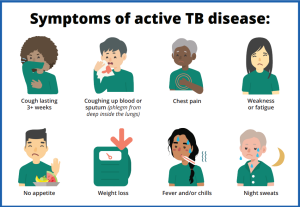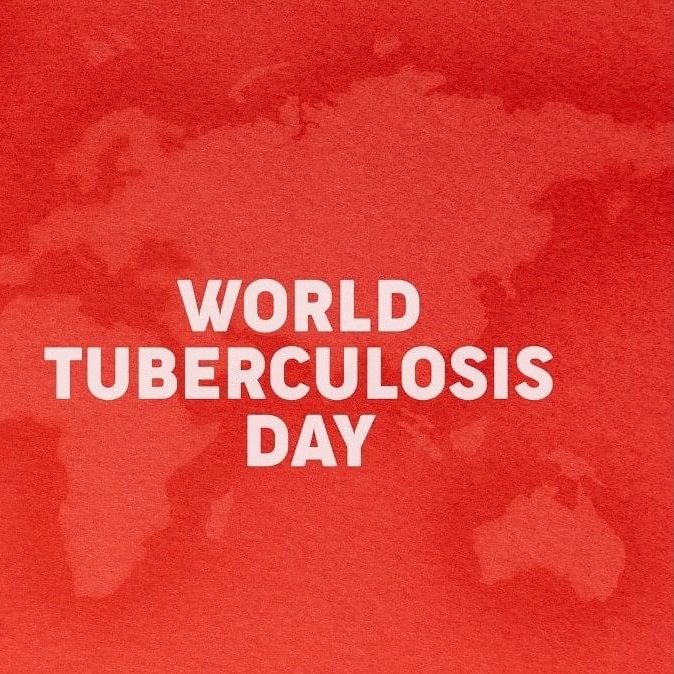Happy world TB day! Tuberculosis (TB) is a serious infectious disease caused by the bacterium Mycobacterium tuberculosis. It primarily affects the lungs, but can also affect other parts of the body such as the kidneys, spine, and brain. TB is a major global health problem, with an estimated 10 million new cases and 1.5 million deaths worldwide in 2018. In order to effectively combat TB, it is important to understand the symptoms of the disease, as well as strategies for prevention and treatment.
The Symptoms

The symptoms of TB can vary depending on the stage of the disease and the part of the body that is affected. The most common symptoms of pulmonary TB, which affects the lungs, include
- A persistent cough that lasts for more than three weeks
- Chest pain
- Coughing up blood or sputum
- Fatigue
- Weight loss
- Fever
- Night sweats.
- In some cases, TB can also cause symptoms such as difficulty breathing, wheezing, and a hoarse voice.
Extrapulmonary TB, which affects parts of the body other than the lungs, can cause a wide range of symptoms depending on the organ that is affected. For example, TB of the spine (known as Pott’s disease) can cause back pain, stiffness, and paralysis, while TB of the kidneys can cause blood in the urine, pain in the lower back, and fever. TB of the brain can cause symptoms such as headaches, confusion, seizures, and difficulty speaking or moving.
Diagnosis of TB can be challenging, as the symptoms are non-specific and can be similar to other respiratory infections. However, early detection and treatment of TB are essential for preventing the spread of the disease and reducing the risk of complications. Diagnostic tests for TB include chest X-rays, sputum smear microscopy, and molecular tests such as the GeneXpert assay. In some cases, a biopsy or other imaging tests may be needed to confirm the diagnosis.
Treatment of TB involves a combination of antibiotics taken for a period of six to nine months, depending on the type of TB and the patient’s response to treatment. It is important for patients to adhere to their treatment regimen and complete the full course of antibiotics in order to prevent the development of drug-resistant strains of TB. In addition, patients with drug-resistant TB may require more intensive treatment regimens, including second-line antibiotics and close monitoring for side effects.
Let’s spread awareness about TB and make a TB-free tomorrow!







